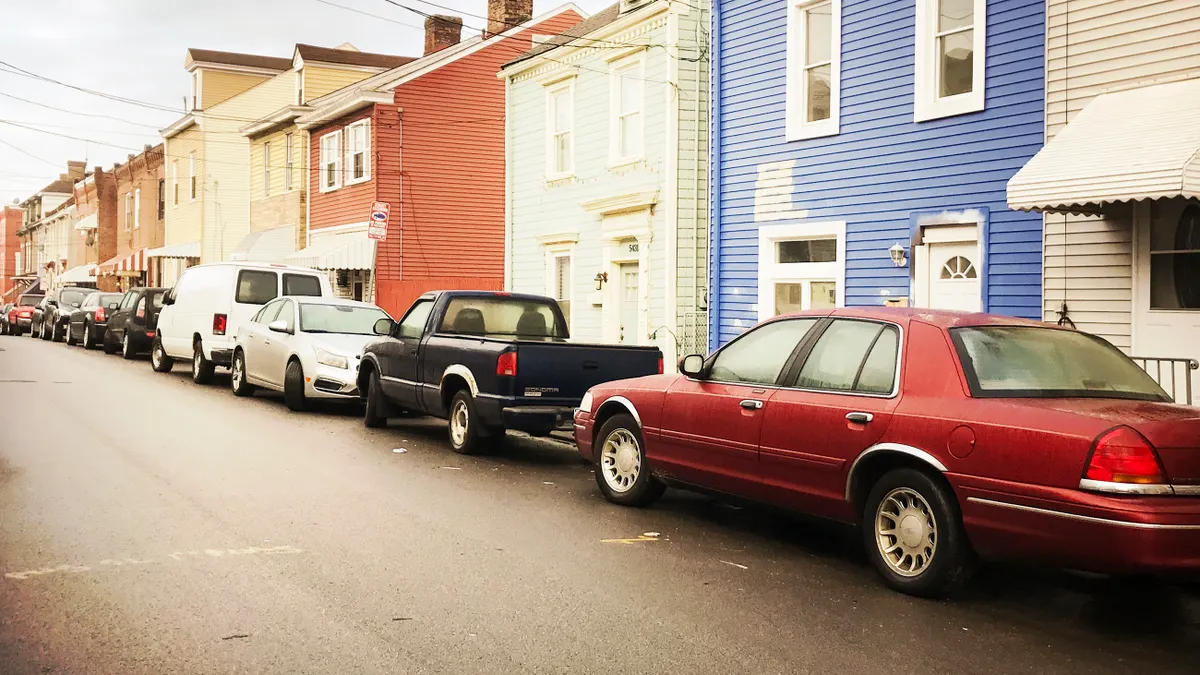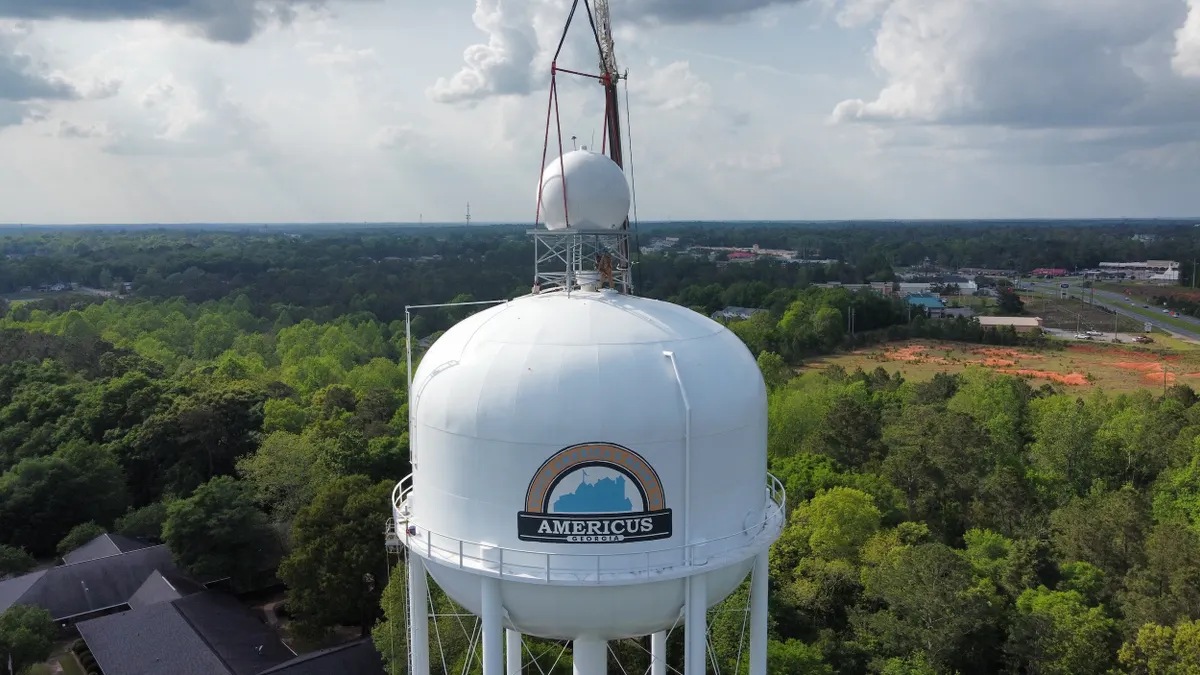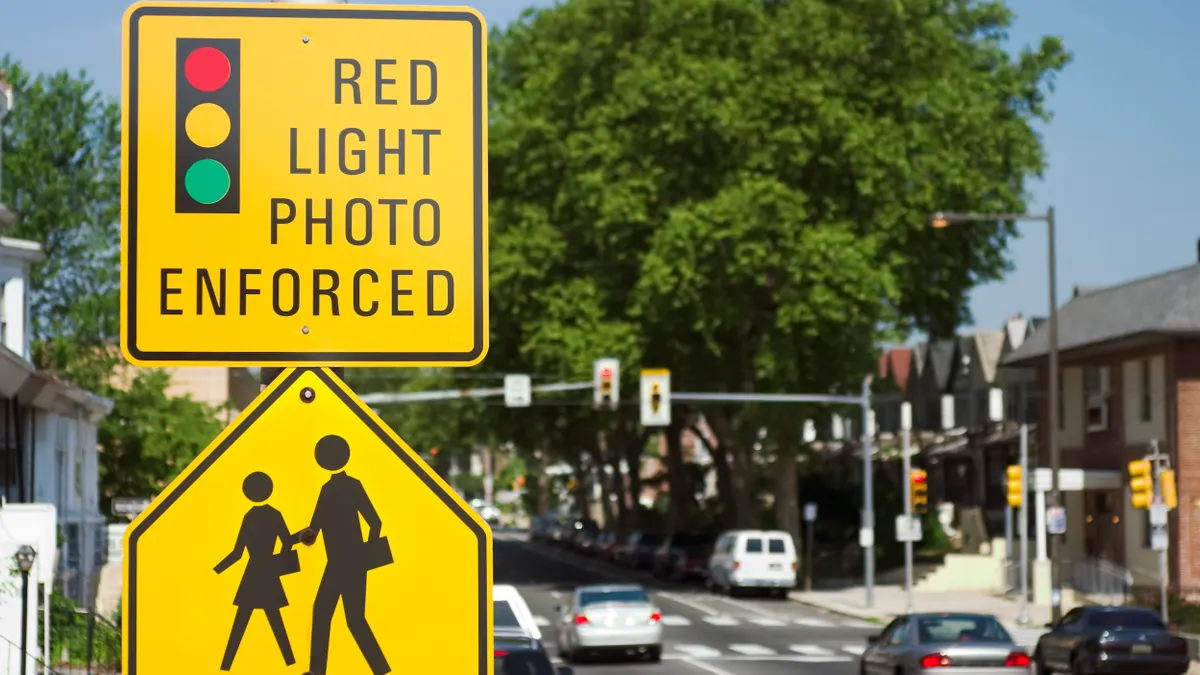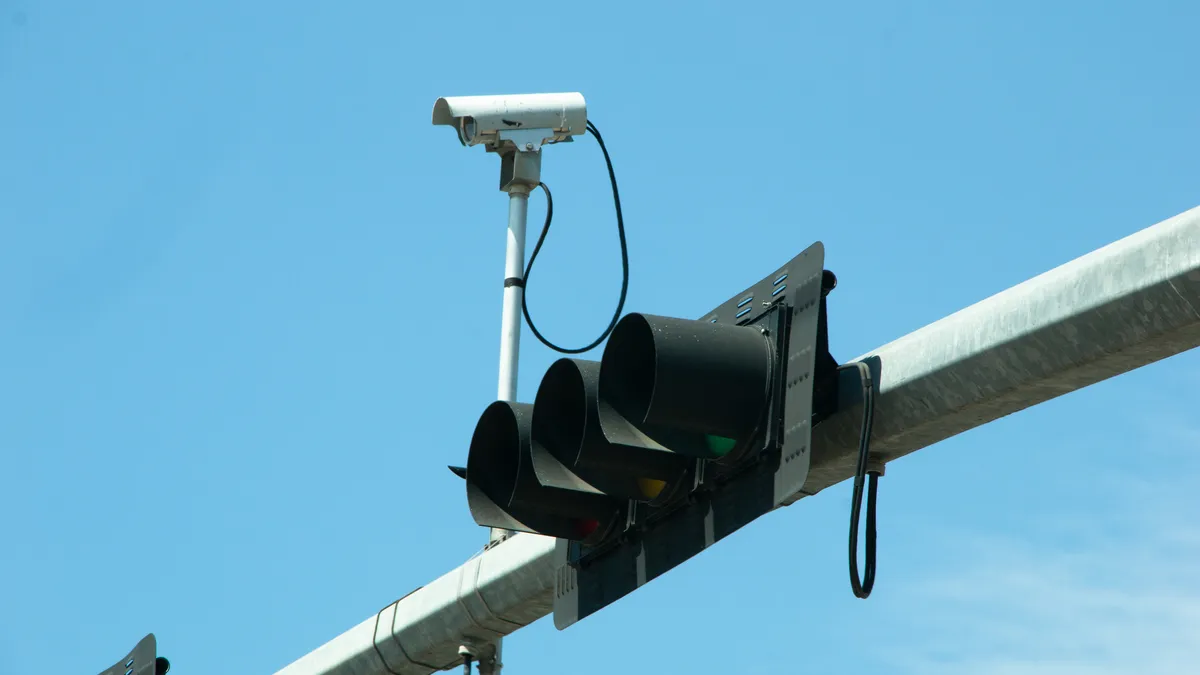As competition for curb space grows, technologies like IoT devices are making it possible for cities to implement smart loading zones. Studies show they’re contributing to smoother traffic flow and improved safety.
Typically coordinated through an app that drivers — often delivery or ride share drivers — can use to reserve a specific curb space for a set period, smart loading zones require thorough planning, open communication and coordination between city officials and legislators to address any regulatory changes needed.
Using funding from a grant, Pittsburgh launched a smart loading zone program in 2021 that has grown from 20 to 75 locations, said David G. Onorato, executive director of the Pittsburgh Public Parking Authority. Researchers at Carnegie Mellon University found that strategically placing smart loading zones throughout Pittsburgh could boost traffic speed by as much as 4.5% in select areas. The city also reports that average parking duration has dropped by 60%.
In addition, Pittsburgh recorded a 95% reduction in double parking instances, according to Automotus, a provider of curb management solutions that partnered with the city to implement smart loading zones. “We can assume the decreases in double parking and dwell time reductions in loading zones lead to safer transportation outcomes, and therefore reductions in crashes,” said Robert Ferrin, mobility and parking senior project manager with Kimley-Horn, an engineering, planning and design consultancy.
Sean Qian, a professor of civil and environmental engineering at Carnegie Mellon who studied Pittsburgh’s smart loading zone program, said in an email that results often vary from one smart loading zone program to another. In part, a program’s effectiveness depends on how policies are executed and communicated to residents and local businesses, he added.
Guidelines for success
Before city leaders invest in any technology, they need to understand why they need smart loading zones in the first place, Ferrin said. This requires working with business owners and possibly fleet drivers, especially if they’ll share telematic information, to determine when and where demand for loading zones is greatest, he said.
Program organizers should establish performance metrics, track progress against them and openly communicate outcomes with stakeholders to determine features like time limits or pricing, Quinn said. How revenue generated by the program will be used should also be transparently communicated, he added.
Enforcement is also key, Onorato said. Until about a year ago, Pittsburgh’s smart loading zone program regulations required workers to physically place notices of parking violations on each car’s windshield. Given the volume of violations and the generally short periods of time in which they occurred, it was difficult for them to reach many cars, Onorato said.
Onorato and his team worked with state and city officials for several years to shift to automated enforcement. Now, cameras capture vehicles that are parking past their reserved time slots or making other violations. and the agency mails a picture of the vehicle with a fine notice.
This is challenging for cities that still require a person to issue a parking ticket at the time of a violation, Ferrin said. Without some type of automated enforcement, it can be impossible to gain comprehensive compliance within smart loading zones, he added.
Communication about everything from installing cameras to enforcing new regulations is critical to gaining stakeholders’ support. Drivers need to be made aware of proposed changes, such as hours of enforcement and pricing, said Lisa Nisenson, vice president of new mobility and connected communities with engineering and design firm WGI. “Even if operations occur via mobile apps, signage is vital,” she added.
When automated parking enforcement is proposed, some businesses or residents may assume the goal is to generate more parking tickets and revenue rather than safety and efficiency, Ferrin says. The industry needs to do a better job of connecting smart loading zones to the broader objective of safety to facilitate any legislative changes that might be needed, he added.



















